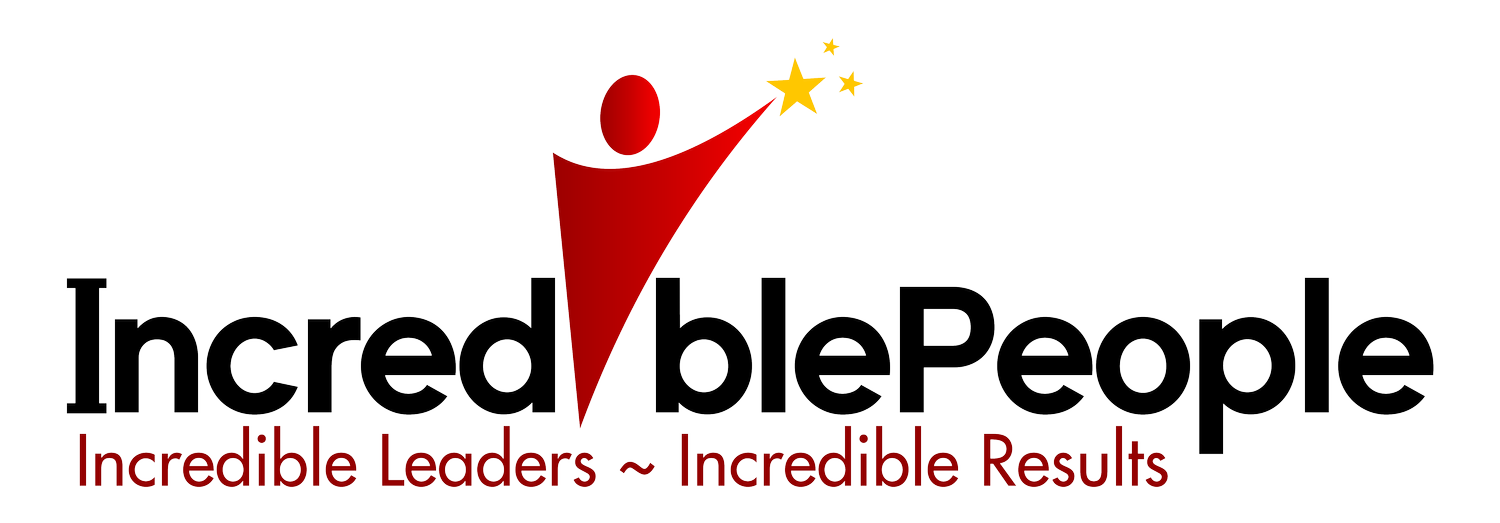Do you react or respond?
Did you know that a team’s mood and effectiveness goes up or down depending on the mood of their leader, according to Yale research?
Which is why impulse control is so important — leaders who have have a high emotional self-awareness and control will have a positive impact on team morale and productivity. But knowing how to cultivate self-awareness and control in high-pressure situations requires practice and a willingness to recognise your own responses.
Let’s look at a scenario that could potentially trigger a reaction: You are challenged by a team member in front of an important stakeholder.
Responses that lack emotional self awareness and impulse control might look like one of these:
Aggressively arguing the point in front of the key stakeholder;
Glaring at your team member and tersely saying something ominous like, “we’ll talk about this later”;
A flushing red face, then staying silent and embarrassed for the rest of the meeting.
An ability to recognise and regulate your emotions may look like one or more of:
Recognising what your initial reaction would be in this moment, and that this may be ego-driven and not helpful for you;
Choosing to make no comment at the time, but later talk to the team member and stakeholder to ensure everyone is in agreement on the correct information;
Acknowledgement of the difference of opinion and calmly asking questions to see if the matter can be sorted out quickly, without further research.
Feeling frustrated, embarrassed or angry in this situation is not unexpected. But failing to recognise these feelings and letting them drive your behaviour is not going to boost other’s opinion of you, and will also likely send ripples of negative emotion to your team as well.
So how do you overcome this challenge? I encourage my clients to pick one common stressful workplace situation when they found their emotions got the better of them, and they wish they had responded differently. Can they anticipate the situation and take steps to minimise the stress, or circumvent it from happening at all? How would they prefer to respond? Being specific about the alternate, positive response is the most important part of this process. It’s important that they know what a good response looks like, or else their automated pattern will kick in again.
Then, find opportunities to practice the new response as often as possible, and reflect, recognise success and progress, and decide if the new response needs tweaking. It won’t always go perfectly the first time but, as with all things, it gets easier with time.
Working with a coach can also help you understand the impact on your leadership brand, by work through specific scenarios and trying out new approaches. An emotional intelligence assessment, such as the EQ-i 2.0, might also provide a wealth of information about how different aspects of EQ are impacting your effectiveness.

